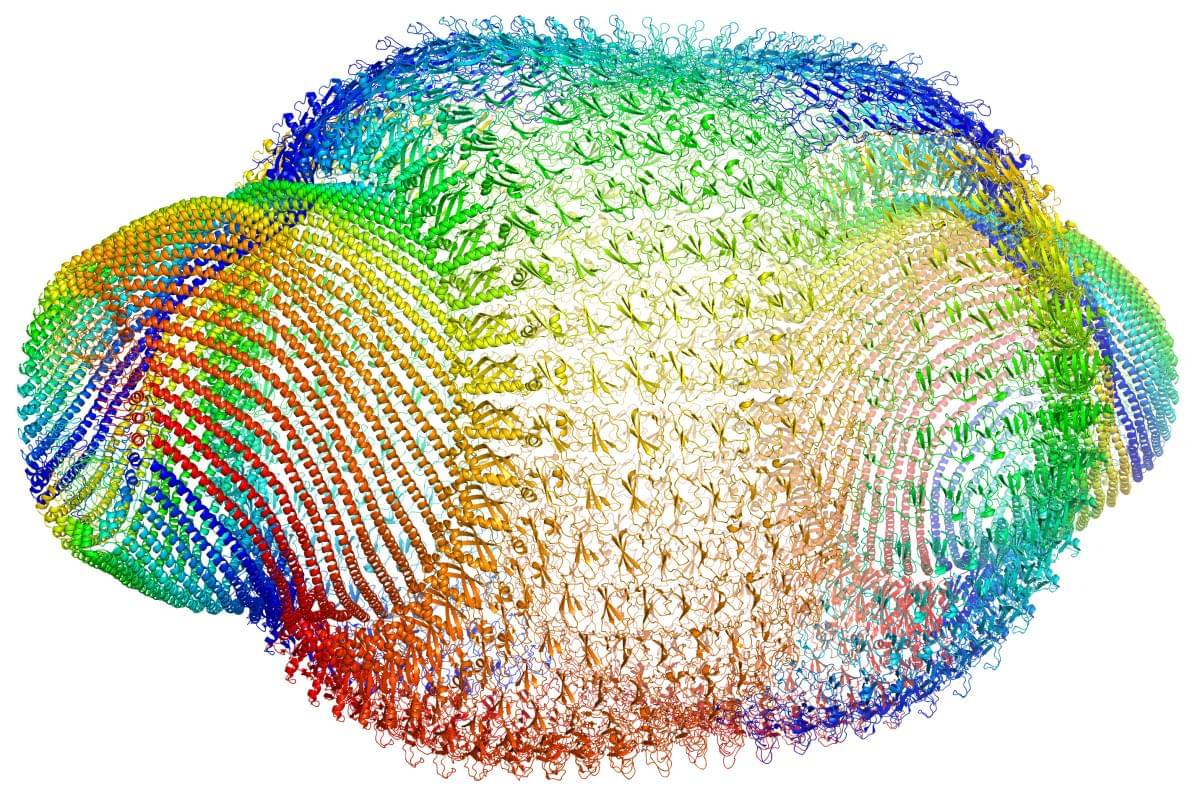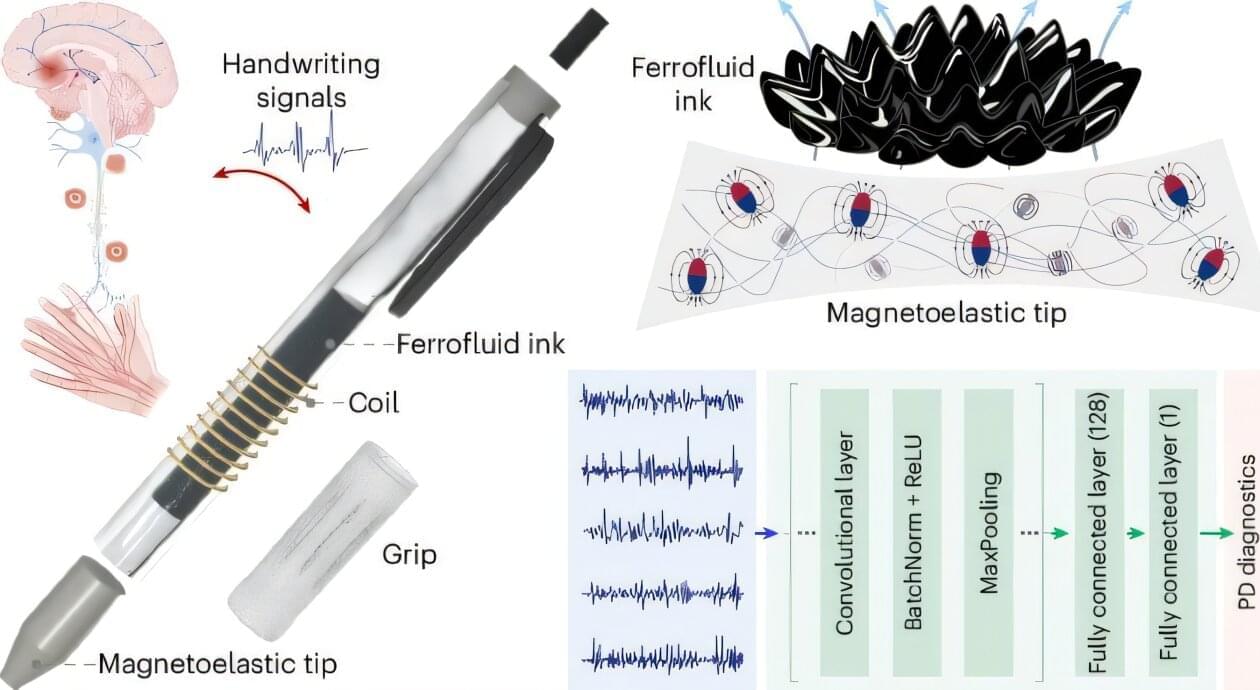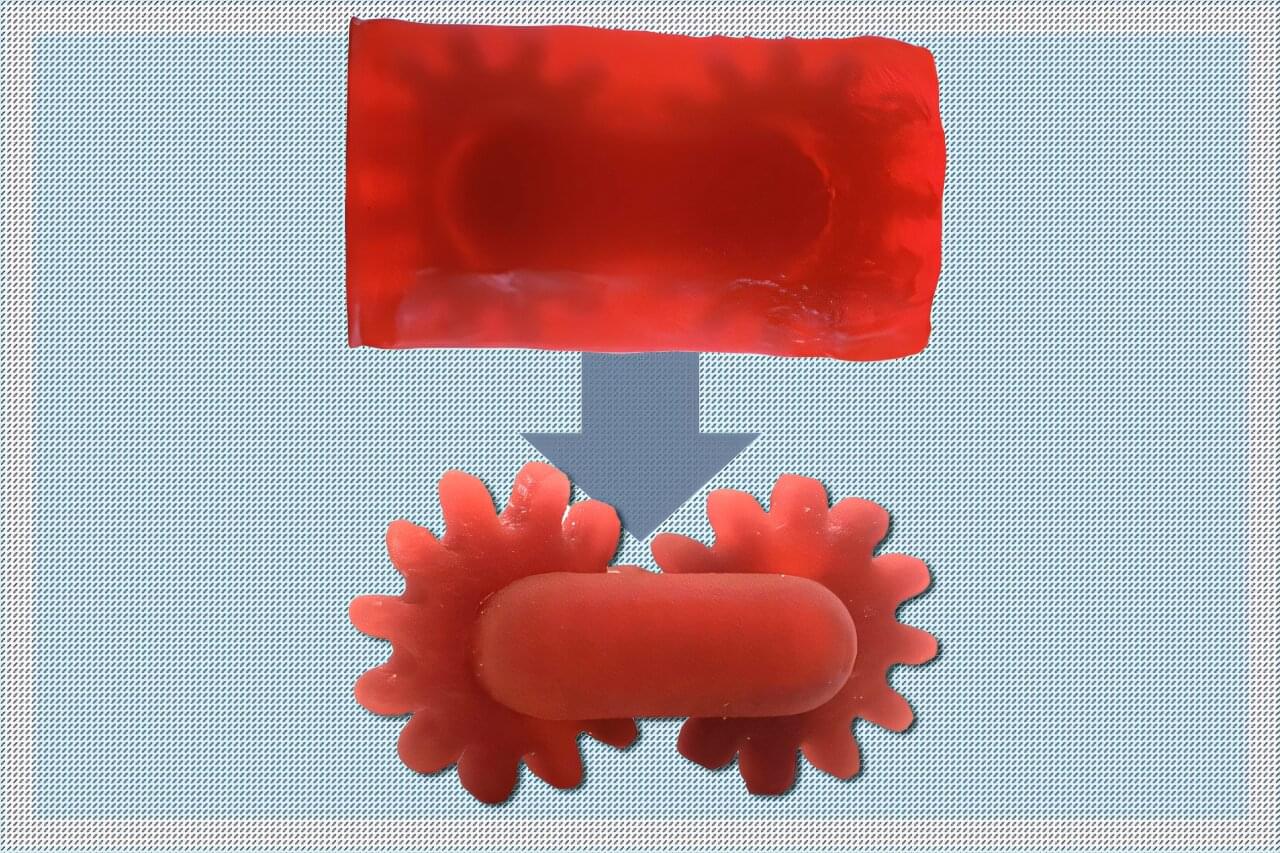“We’re so cooked.”



Halbers et al. present a useful tool — a way of accurately tracking RNAs that only requires a small addition to a given RNA sequence and leverages modified split luciferase proteins for bioluminescent photon emission, circumventing some drawbacks of fluorescent methods.
Studying RNA dynamics in vivo often relies on fluorogenic approaches, but these can be hampered by factors such as limited sensitivity and sample autofluorescence. Here, the authors describe an ultrasensitive platform for RNA imaging, which features RNA tags that recruit light-emitting luciferase fragments.


Alena Tensor is a recently discovered class of energy-momentum tensors that proposes a general equivalence of the curved path and geodesic for analyzed spacetimes which allows the analysis of physical systems in curvilinear, classical and quantum descriptions. In this paper it is shown that Alena Tensor is related to the Killing tensor K and describes the class of GR solutions G + Λ g = 2 Λ K. In this picture, it is not matter that imposes curvature, but rather the geometric symmetries, encoded in the Killing tensor, determine the way spacetime curves and how matter can be distributed in it. It was also shown, that Alena Tensor gives decomposition of energy-momentum tensor of the electromagnetic field using two null-vectors and in natural way forces the Higgs field to appear, indicating the reason for the symmetry breaking.
All-In Podcast

A team at the University of California, Los Angeles has developed a low-cost diagnostic pen that converts handwriting into electrical signals for early detection of Parkinson’s disease, achieving 96.22% accuracy in a pilot study.
Parkinson’s disease impairs the motor system, leading to tremors, stiffness, and slowed movements that impair fine motor functions such as handwriting. Clinical diagnosis today largely relies on subjective observations, which are prone to inconsistency and often inaccessible in low-resource settings. Biomarker-based diagnostics, while objective, remain constrained by cost and technical complexity.
In the study, “Neural network-assisted personalized handwriting analysis for Parkinson’s disease diagnostics,” published in Nature Chemical Engineering, researchers engineered a diagnostic pen to capture real-time motor signals during handwriting and convert them into quantifiable electrical outputs for disease classification.
A new simulation by researchers shows how a neutron star violently cracks seconds before vanishing into a black hole.
We tested whether chimpanzees and children are more curious about social interactions versus a single agent (Experiment 1), whether they are willing to pay a cost to gain social information (Experiment 2), and whether they are more curious about positive or negative social interactions (Experiment 3). Combined, we found that both chimpanzees and children are socially curious creatures. Chimpanzees and children are more curious about social interactions than the actions of a single conspecific, young children and male chimpanzees are willing to pay a cost to gain social information, and boys become more curious about negative social interactions while girls become more curious about positive social interactions as they develop.
In Experiment 1, chimpanzees and children are significantly more motivated to watch videos of social interactions compared with videos of a conspecific acting alone. Children are also significantly more likely to open the social box compared with the nonsocial box, and trend towards opening the door of the social box wider. What is driving this effect? One option is that chimpanzees and children possess a specific drive to gain information about social interactions. Another option is information quantity: a social interaction between two agents naturally contains more information than does a single agent acting alone, as the interaction provides information not only about the two actors but also about the nature of their relationship. Therefore, children and chimpanzees might show stronger curiosity for social interactions compared with individual agents to gain more information.

The Big Bang is often described as the explosive birth of the universe—a singular moment when space, time and matter sprang into existence. But what if this was not the beginning at all? What if our universe emerged from something else—something more familiar and radical at the same time?
In a new paper, published in Physical Review D, my colleagues and I propose a striking alternative. Our calculations suggest the Big Bang was not the start of everything, but rather the outcome of a gravitational crunch or collapse that formed a very massive black hole—followed by a bounce inside it.
This idea, which we call the black hole universe, offers a radically different view of cosmic origins, yet it is grounded entirely in known physics and observations.

Hearing aids, mouth guards, dental implants, and other highly tailored structures are often products of 3D printing. These structures are typically made via vat photopolymerization—a form of 3D printing that uses patterns of light to shape and solidify a resin, one layer at a time.
The process also involves printing structural supports from the same material to hold the product in place as it’s printed. Once a product is fully formed, the supports are removed manually and typically thrown out as unusable waste.
MIT engineers have found a way to bypass this last finishing step, in a way that could significantly speed up the 3D-printing process. They developed a resin that turns into two different kinds of solids, depending on the type of light that shines on it: Ultraviolet light cures the resin into an highly resilient solid, while visible light turns the same resin into a solid that is easily dissolvable in certain solvents.